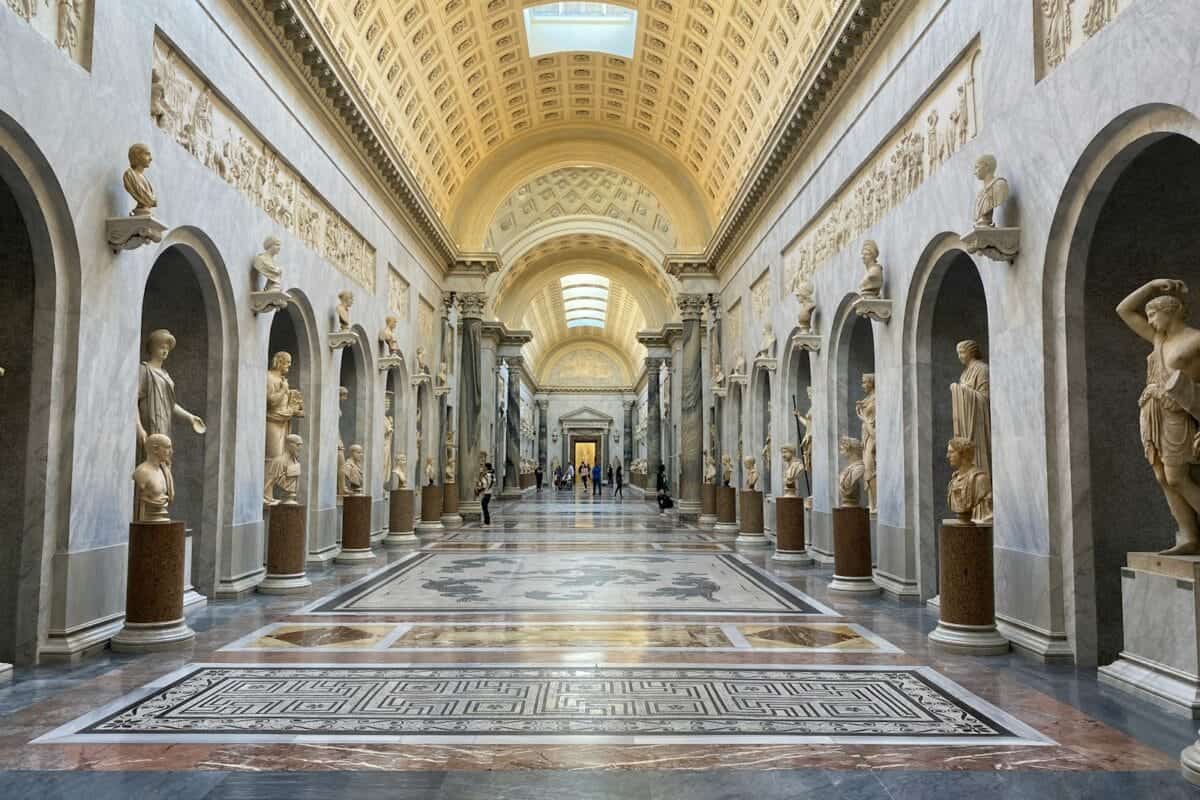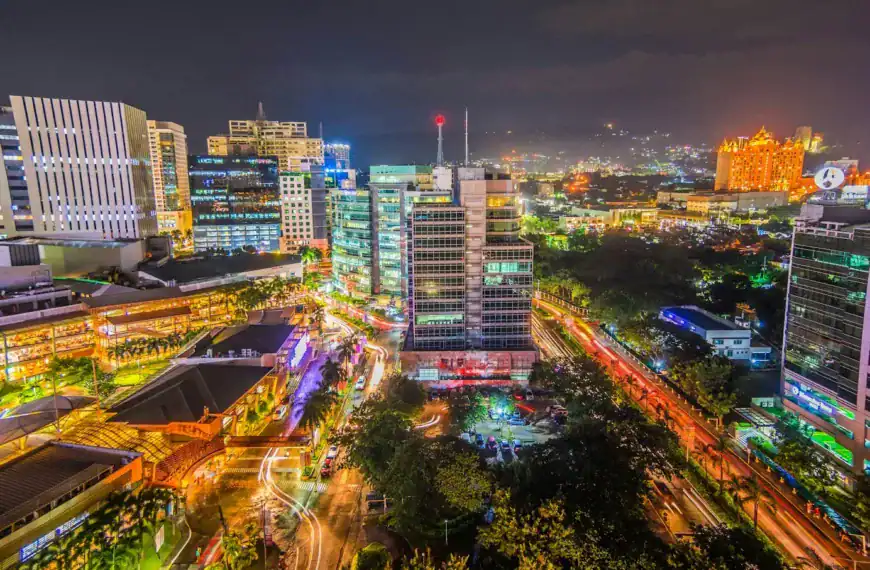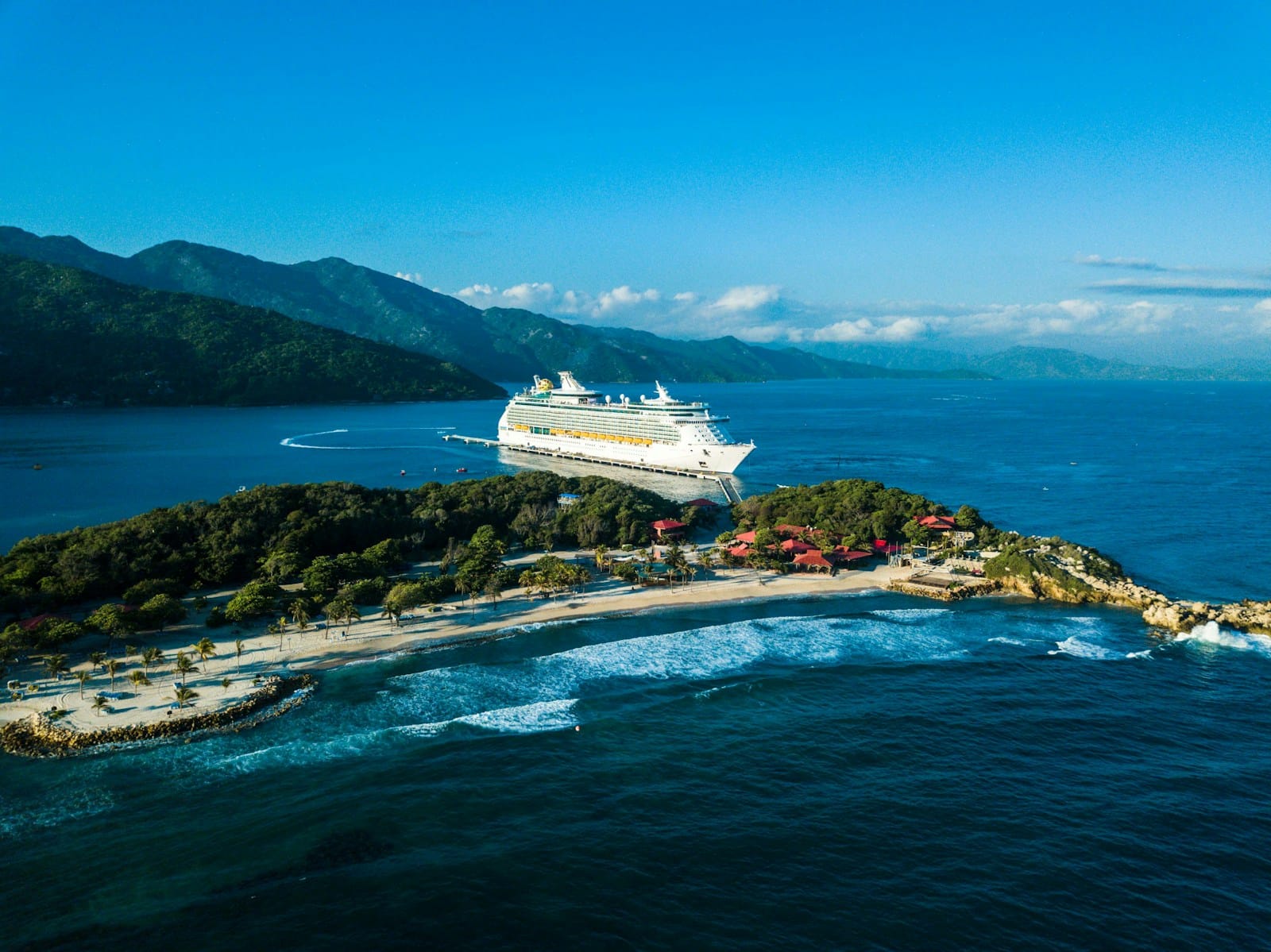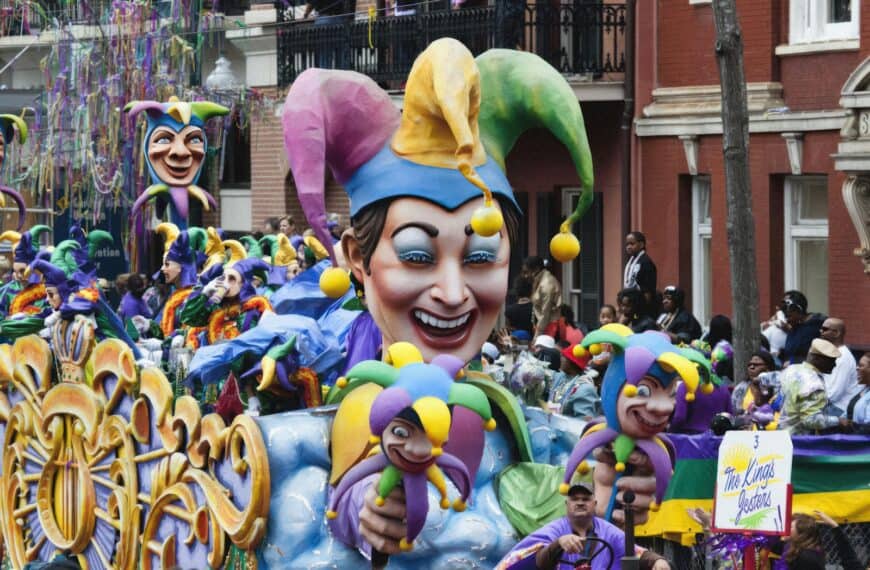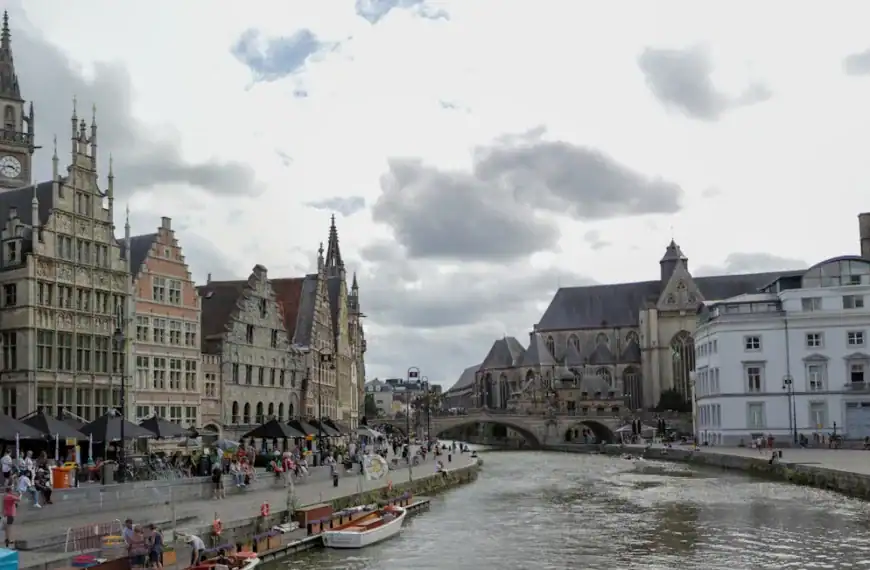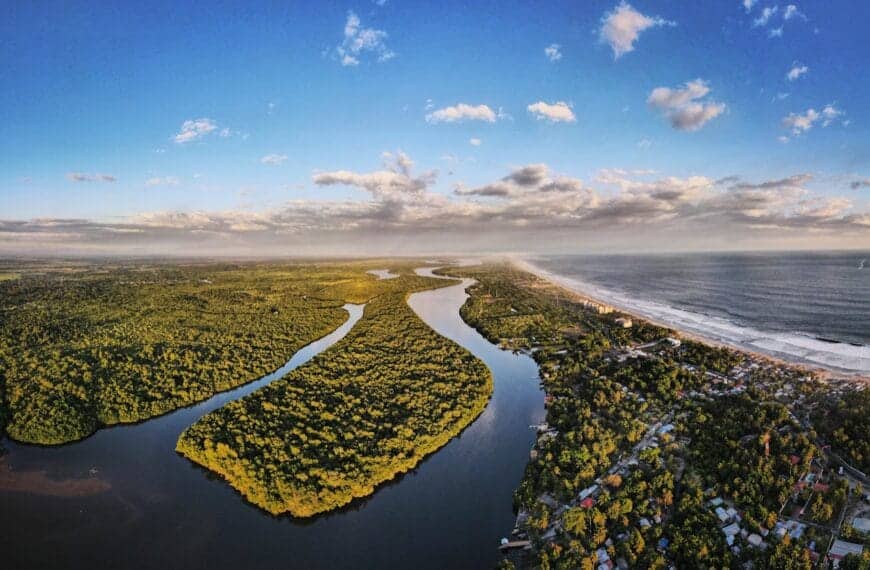Vatican Museums Attractions Guide: Awe-Inspiring Masterpieces and Sacred Spaces
Intro to Vatican Museums
Wander through centuries of divine art, papal secrets, and timeless architecture at the Vatican Museums.
This comprehensive guide unveils the must-see attractions, cultural gems, and immersive experiences inside one of the world’s most iconic museum complexes — perfect for first-time travelers and return visitors alike.
💡Quick Facts:
Destination: Vatican Museums
Continent: Europe
Country: Vatican City (Attraction)
Administrative Divisions: Vatican City (within Rome, Italy)
Area: ~42,000 m² (museum complex)
Population: N/A (Vatican City pop. ~800 residents)
Density: N/A
Capital: Vatican City
Regions/Subregions: Located within Vatican City State; borders Rome’s Prati and Borgo districts
Official & Regional Languages: Italian, Latin; English widely used with tourists
Currency: Euro (EUR)
Time Zone(s): Central European Time (UTC+1), Daylight Saving Time in summer
Airports: Rome Fiumicino (FCO) and Ciampino (CIA) — 30–45 mins by taxi or train
Climate: Mediterranean — hot summers, mild winters
Known For: Art collections, Sistine Chapel, Raphael Rooms, classical antiquities, Papal history
🛂Arrival Info:
– No separate border control; entry via Rome, Italy
– Italy is part of the Schengen Area – follow Italian visa rules
– Most nationalities get 90 days visa-free within Schengen
– Vatican Museums entry requires valid ID or passport for some tickets
– Official visa & entry info
– Italian Customs & Border Protection
💉Health Info:
– No vaccines required beyond EU/Italy norms
– Access via Rome’s medical infrastructure; Vatican has its own clinics but not open to tourists
– Emergency care available at nearby Roman hospitals (e.g., Ospedale Santo Spirito)
– Travel insurance recommended for medical emergencies in Italy
✅ Check travel insurance options for travel emergencies, delays, and medical needs abroad — Get coverage here
✅ Stay Informed with Official Updates: WHO – International Travel & Health | CDC – Travel health updates
🚨Travel Advisory:
– Covered under Italy’s travel safety status
– No known risks specific to Vatican Museums
– Bag checks and metal detectors at entrances; large bags/luggage not allowed
✅ Stay Informed with Official Updates: US Travel Advisory | UK Foreign Travel Advice
📅Holidays:
– Closed on most Sundays and Catholic holidays, including:
– January 1: New Year
– March/April: Easter Sunday & Monday
– June 29: St. Peter & Paul
– August 15: Assumption of Mary
– December 25–26: Christmas & St. Stephen’s Day
– Also closed for Papal events or state visits; check updates on official site
💰Visitor Info:
– Currency: Euro
– Cash and cards accepted; online prepayment required for timed tickets
– Tipping not expected inside the museum
– Vatican gift shops accept cards; ATMs available
– Budget: €17–€45 per person depending on ticket type and audio guide options
✈️Airports:
– Rome Fiumicino (FCO): Major international hub – 32 km from Vatican
– Ciampino (CIA): Low-cost carrier airport – ~40 mins by taxi
– Vatican City is landlocked and has no airport
– Transit from airport: train (Leonardo Express to Termini), then Metro A to Ottaviano station
✅ Delayed or canceled flight? Check if you’re eligible for compensation
🚍Transport:
– Nearest Metro: Ottaviano-S. Pietro (Line A) – ~5 min walk
– Bus routes: 40, 62, 64, 81, and 492 stop nearby
– No private cars or taxis allowed inside Vatican City
– Accessible entrance available; rental wheelchairs upon request
– Skip-the-line entry highly recommended in peak season
✅ Book reliable airport transfers and in-city rides in advance. Reserve your ride here
📶Connectivity:
– Mobile coverage via Italian carriers (TIM, Vodafone, WINDTRE)
– Free Wi-Fi limited inside museum, better in cafés and gift shop area
– Roaming rules apply under Italy plans
– Airalo eSIM works with Italian networks; no separate Vatican eSIM
✅ Stay connected abroad with affordable eSIM data packs. Get your eSIM here
📜Laws & Etiquette:
– Dress code enforced: no sleeveless shirts, short skirts, or shorts above knee
– Silence required in Sistine Chapel
– No flash photography; some rooms prohibit photos entirely
– Respect religious artwork and customs
– Large bags and tripods must be checked
– Vatican Code of Conduct
🛡️Emergency Info:
– Emergency (Italy): 112
– Vatican Gendarmerie handles internal security
– Medical help via nearby Rome hospitals
– Lost and Found at the exit area
✅ Use embassy locator tools: Embassies Worldwide
🌦️Weather:
– Best time to visit: April–June and September–October (mild and less crowded)
– Summer (July–Aug): Hot (28–35°C), high tourist volume
– Winter (Dec–Feb): Mild (5–12°C), quieter but occasional closures
– Rain common in November; indoor-only activity but lines still form outside
✅ Stay prepared—check the weather forecast for your destination — Weather Forecast
Why Visit These Vatican Museums Attractions?
The Vatican Museums are far more than a collection of art — they are a sacred corridor through Renaissance genius, ancient civilizations, and Catholic legacy. With over 70,000 works housed in 54 galleries, this world-class complex combines classical antiquity, sacred iconography, and artistic revolution in one unforgettable labyrinth.
Here you’ll find Michelangelo’s Sistine Chapel ceiling, Raphael’s divine frescoes, Egyptian mummies, Greek statues, and one of the oldest Christian art collections in existence. Every corridor reveals new treasures, and nearly every inch of space is covered in symbolism, history, or visual grandeur.
Whether you’re coming for religious insight, artistic beauty, or the quiet thrill of walking in the footsteps of popes and pilgrims, planning ahead is essential — timed-entry tickets often sell out days in advance.
Iconic Landmarks and Historic Sites
The Sistine Chapel – Michelangelo’s Vision of Heaven and Judgment
No single space draws more reverence than the Sistine Chapel. As you cross its threshold, an almost sacred silence falls. Look up — Michelangelo’s frescoed ceiling stretches with ethereal beauty, narrating Genesis from the Creation of Adam to the expulsion from Eden. At the altar wall, The Last Judgment commands attention with intense emotion and celestial drama.
The experience is immersive. No photos are allowed, sharpening your focus on the intricate brushwork and theological symbolism. This is not just an artwork — it’s a spiritual performance rendered in paint.
(Open Monday–Saturday; entry via Vatican Museums; included in all general admission tickets. Last entry at 4 PM. No talking or photography allowed inside.)
Raphael Rooms (Stanze di Raffaello) – The High Renaissance Unfolds in Four Rooms
Just before the Sistine Chapel, step into the Raphael Rooms — a quartet of papal chambers showcasing the young master’s frescoes. Most famous is the School of Athens, where Plato and Aristotle debate among philosophers in a temple of perspective and intellect.
Each room unfolds like a chapter in a visual book, filled with allegory, classical references, and papal grandeur. Don’t rush here — the harmony of line and thought deserves more than a passing glance.
(Included with standard admission; best visited mid-route to avoid bottlenecks.)
Gallery of Maps – A Painted Journey Across Renaissance Italy
One of the most visually dazzling corridors in the Vatican, this gallery showcases 16th-century topographic maps of Italy along a vaulted hallway gilded in gold and blue. Created under Pope Gregory XIII, the frescoes combine artistic finesse with cartographic precision.
Pause to spot Venice’s canals, Sicily’s coastlines, or Rome’s ancient landmarks. The ceiling is just as dramatic — filled with papal emblems and celestial imagery.
(Located between the Raphael Rooms and Sistine Chapel; crowds thin early morning and late afternoon.)
Pinecone Courtyard (Cortile della Pigna) – A Quiet Pause in a Grand Setting
Before entering the galleries, many visitors pass through this large courtyard anchored by a colossal Roman pinecone sculpture and a contemporary bronze sphere by Arnaldo Pomodoro. The contrast of old and new, framed by classical arcades, offers a rare open-air moment of peace.
Take a seat near the fountain, recharge, and admire the architectural symmetry — an ideal place to regroup before deeper exploration.
(Accessible near museum entry; no ticket upgrade required.)
Museums, Galleries & Cultural Spaces
Pio-Clementine Museum – Classical Statues and the Belvedere Torso
This museum is a treasure chest of Greco-Roman sculpture. Here, you’ll find the Laocoön Group, a masterpiece of Hellenistic drama and anatomy. Nearby, the Apollo Belvedere stands in godlike serenity.
Art historians consider the Belvedere Torso to be one of Michelangelo’s key inspirations. Seeing it in person, worn and powerful, evokes the timeless strength of ancient art.
(Start your museum route here; wheelchairs and lifts available; crowd-controlled by one-way flow.)
Gregorian Egyptian Museum – Sarcophagi, Scrolls, and Sacred Statues
A short detour off the main path brings you into the realm of pharaohs and Nile gods. The Gregorian Egyptian Museum houses artifacts including mummies, animal coffins, painted papyri, and basalt statues of Osiris and Isis.
This is one of the Vatican’s lesser-visited wings, which makes it ideal for slower exploration. Kids especially enjoy the crocodile mummy and temple-style columns.
(Located on the upper floor; worth detouring for Egyptian history lovers.)
Ethnological Museum – Art from the Catholic World’s Edges
Founded after the 1925 Vatican Missionary Exhibition, this collection displays religious and ritual art from Asia, Africa, Oceania, and the Americas. Here, Buddhist scrolls hang beside Andean silver relics and tribal masks — each representing local expressions of faith.
The diversity reminds visitors that Catholicism’s global reach is neither homogenous nor static. It’s also one of the only places where indigenous spiritual symbols sit respectfully within Vatican walls.
(Quiet wing with multilingual placards; lift access available.)
Natural Attractions & Scenic Spots
Vatican Gardens – Tranquil Walks Behind the Papal Walls
While not included in standard tickets, the Vatican Gardens are among the most serene and exclusive places in the city-state. This sprawling sanctuary is filled with manicured lawns, Marian shrines, fountains, and olive groves — all hidden behind the Vatican’s administrative wings.
Booking a guided tour allows access to walk these historic paths once reserved for cardinals and popes.
(Tours available by advance reservation only; limited spots; combo tickets with Sistine Chapel available.)
Bramante Staircase – A Double-Helix of Stone and Light
The original 16th-century Bramante Staircase isn’t open to the public, but a later 1930s spiral version — designed by Giuseppe Momo — is. This wide double-helix ramp leads visitors back to the exit, a graceful architectural experience that eases the museum’s finale.
Its elegant curves and central lightwell are a photographer’s dream.
(Located near the exit; great for slow-motion selfies or architectural snapshots.)
Vatican City Views from the Courtyards and Terraces
Throughout your journey, look for courtyard windows and terrace overlooks offering glimpses of St. Peter’s Basilica dome, the papal palace, or even the tiled rooftops of Borgo Pio.
These organic views provide beautiful moments of contrast — ancient courtyards beside modern Vatican life.
Recommended Experiences
Book a Pre-Opening Tour of the Vatican Museums
A limited number of early-access tours allow guests inside before the general public. It’s the best way to experience the Sistine Chapel in near silence and enjoy the Raphael Rooms without the mid-morning crush.
Attend a Wednesday Papal Audience
Held in St. Peter’s Square (or inside the Audience Hall during winter), this is a unique chance to hear the pope speak and bless the crowd. Tickets are free but must be reserved in advance.
Explore the Vatican Museums at Night
On select Fridays from April to October, the museums stay open late. Candlelit corridors, smaller crowds, and an atmospheric calm make this one of Rome’s most enchanting evening experiences.
Unique & Unexpected Places to Visit
The Cabinet of the Masks – Myth, Mosaic, and Marble
Tucked inside the Pio-Clementine Museum, this lesser-known room is named after the intricate Roman floor mosaics featuring theatrical masks. Originally part of Emperor Hadrian’s Villa at Tivoli, the fragments now rest beneath statues of Venus and Nymphs in serene elegance.
The room often flies under the radar, but it’s a treasure trove of classical grace. Ask a guard politely — it’s sometimes closed unless accompanied by a guide.
(Access may require special tour; not always open to general public.)
Niccoline Chapel – Early Renaissance Jewel Box
Built by Pope Nicholas V and adorned by Fra Angelico, this tiny chapel sparkles with deep blues, gilded halos, and soft faces of early Renaissance saints. It’s a deeply intimate space, rarely included in general routes.
A special guided tour is required, but it’s well worth it for art historians and lovers of sacred art.
(By private appointment only; limited availability via official Vatican guided tours.)
Carriage Pavilion – Popemobiles Through the Ages
Located in the Vatican Historical Museum, this quirky collection showcases papal carriages, sedans, and vehicles — including horse-drawn coaches and armored Mercedes-Benz limos. It’s an intriguing look into how popes have traveled, protected and displayed through centuries.
Visitors often find it surprisingly fascinating, especially those with an interest in vehicles or ecclesiastical pageantry.
(Entry included with standard ticket; located in the lower Belvedere Courtyard.)
How to Plan Your Attraction Visits in Vatican City
Tickets and Access Tips
Timed-entry tickets are mandatory and often sell out days ahead. Choose early morning for fewer crowds or evenings on select Fridays. Entry includes access to the Vatican Museums, Sistine Chapel, and major galleries — but not St. Peter’s Basilica (which is free but requires separate entry).
Combo passes are available for:
- Vatican Museums + Gardens
- Vatican + Castel Sant’Angelo
- Vatican Museums + Papal Audience (via tour providers)
Skip-the-line benefits are offered with reputable guided tours.
The museum path is mostly one-way, though you can loop back at key points. Wear comfortable shoes — the route involves 7+ kilometers of walking. Breaks are limited, so pause when you find benches or restrooms.
Key Metro stop: Ottaviano (Line A) — a 10-minute walk from the museum entrance.
Lockers are available near the entrance for bags, and food is allowed only in the outdoor courtyard café.
When to Visit These Attractions
Best Seasons to Visit
Spring (April–June) and autumn (September–early November) offer the best experience — pleasant temperatures, better lighting, and fewer tour groups. Summer (July–August) brings extreme heat and heavy crowds. Winter is quieter but some wings may close for maintenance.
Best Times of Day
For photography, mid-morning light streams into many galleries. For solitude, pre-opening tours or evening visits are best. Avoid Tuesdays and Saturdays — the busiest days.
Check for closures on Catholic holidays: major feasts like Easter Sunday, December 25–26, and June 29 (Feast of Saints Peter and Paul) may affect hours.
Travel Tips for Seeing the Best Vatican Museums Has to Offer
- Reserve online 1–2 weeks ahead to avoid disappointment
- Avoid Tuesday mornings, when closures on Monday push all tourists into Vatican queues
- Start early to enjoy quieter galleries and better air circulation
- Group the Vatican Museums with nearby St. Peter’s Basilica in the same half-day
- Download an official map or app to understand the one-way route
- Dress modestly — shoulders and knees must be covered for the Sistine Chapel
- Bring a water bottle; fountains are available in courtyards
- Use the quiet café courtyard halfway through for a break with views
Explore More Things to Do Near the Vatican Museums
St. Peter’s Basilica (Vatican City)
Just outside the museum complex lies the Catholic world’s grandest church — home to Michelangelo’s Pietà, Bernini’s Baldachin, and panoramic dome views over Rome. Entry is free, but security lines are long.
Read the full guide to St. Peter’s Basilica
Castel Sant’Angelo (Rome)
Walk the historic Passetto di Borgo to this riverside fortress once used by popes as a refuge. Climb its ramparts for epic Tiber River views and explore papal apartments, ancient dungeons, and angel statues.
Explore Castel Sant’Angelo attractions
Trastevere Neighborhood (Rome)
A 25-minute walk from the Vatican, this bohemian district is full of local trattorias, hidden churches, artisan shops, and lively piazzas. Perfect for an afternoon break after a museum-heavy morning.
Plan your Trastevere itinerary
Borghese Gallery and Gardens
Further across the city, this smaller museum features sculptures by Bernini, paintings by Caravaggio, and elegant gardens for a post-Vatican cultural detour.
Discover the Borghese Gallery attractions
Ready to uncover timeless landmarks, hidden gems, and unforgettable views? Start your journey with our Vatican Museums Tours — visit our homepage for more expert travel inspiration.

